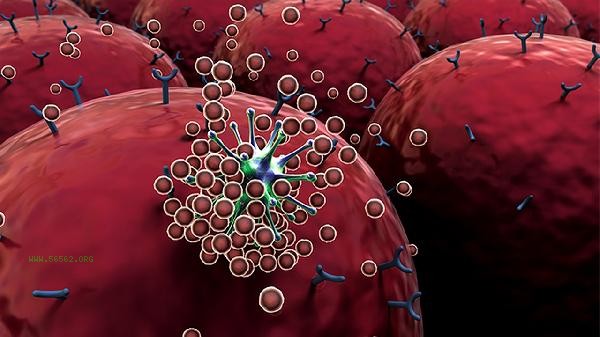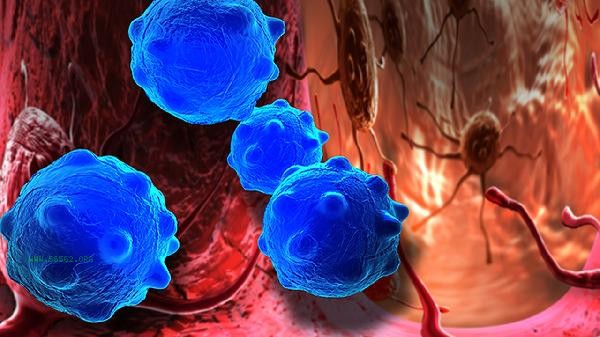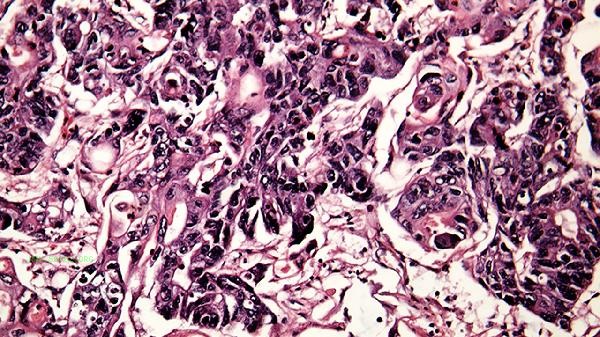Elevated eosinophils may cause skin itching, respiratory symptoms, digestive abnormalities, general fatigue, and fever, mainly related to allergic diseases, parasitic infections, autoimmune diseases, hematological diseases, and drug reactions.

1. Skin itching:
Elevated eosinophils are often accompanied by allergic reactions such as urticaria and eczema, with redness, papules, or wheals appearing on the skin and a noticeable itching sensation. These symptoms are often induced by food allergies, pollen exposure, or drug stimulation. Blood tests show that the absolute value of eosinophils exceeds 0.5 × 10 ⁹/L. Mild symptoms can be relieved by antihistamines, and repeated episodes require allergen screening.
2. Respiratory symptoms:
Patients with bronchial asthma or allergic rhinitis often experience nasal congestion, paroxysmal cough, chest tightness, and shortness of breath, with worsening nighttime symptoms. Cationic proteins released by eosinophils can damage airway mucosa, and pulmonary function tests show obstructive ventilation disorder. environmental allergen avoidance combined with inhaled corticosteroids can effectively control symptoms.
3. Digestive abnormalities:

Eosinophilic gastroenteritis is characterized by abdominal pain, diarrhea, nausea, and vomiting, with mucosal edema and eosinophil infiltration visible under endoscopy. Some patients may be infected with parasites, and their eggs can be detected through fecal examination. Treatment should be targeted at the cause, such as deworming therapy or the use of proton pump inhibitors to regulate gastrointestinal function. 4. General fatigue: Patients with chronic eosinophilia often experience persistent fatigue, accompanied by weight loss and muscle soreness. Bone marrow puncture showed proliferation of eosinophil lines, which may be related to excessive secretion of interleukin-5. Severe symptoms require bone marrow suppression treatment and regular monitoring of peripheral blood count changes.
5. Fever response:
Systemic diseases such as eosinophilic polyangitis can cause low-grade or intermittent high fever, accompanied by joint pain and peripheral neuropathy. The serum IgE level significantly increased, and tissue biopsy showed infiltration of eosinophils around the blood vessels. Immunosuppressants combined with glucocorticoids are the main treatment methods.
It is necessary to avoid contact with known allergens in daily life, maintain a clean living environment, and reduce the breeding of dust mites. Increasing the intake of fruits and vegetables rich in vitamin C, such as kiwifruit and broccoli, can help regulate immunity. Moderate low-intensity exercise such as swimming and yoga can enhance physical fitness, but avoid inducing respiratory symptoms through vigorous exercise. Regularly recheck blood routine to monitor changes in the proportion of eosinophils. If it continues to exceed 15% or is accompanied by organ damage, timely bone marrow puncture and other in-depth examinations should be performed.









Comments (0)
Leave a Comment
No comments yet
Be the first to share your thoughts!